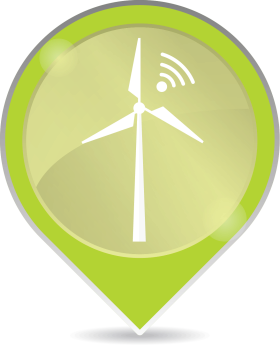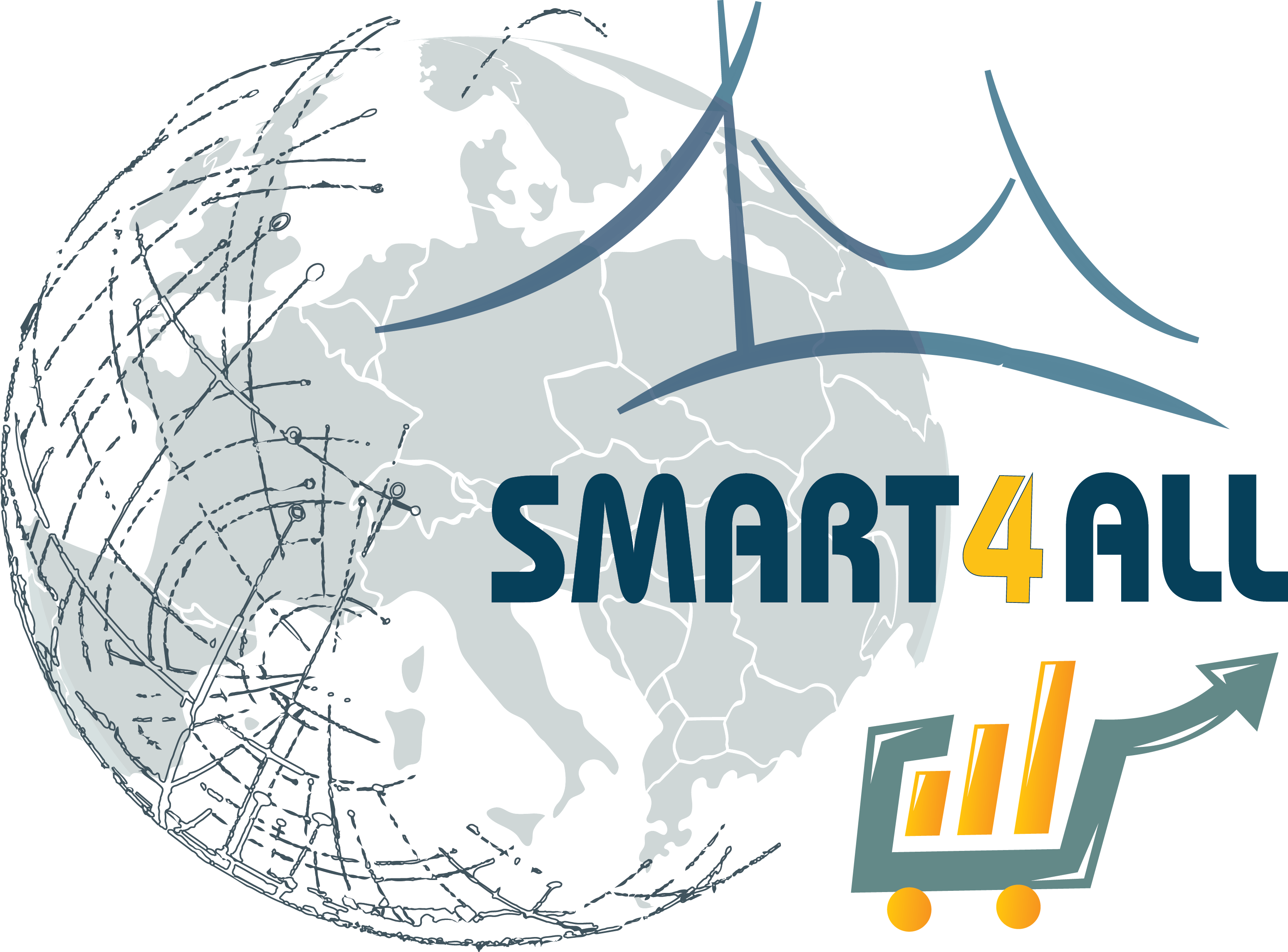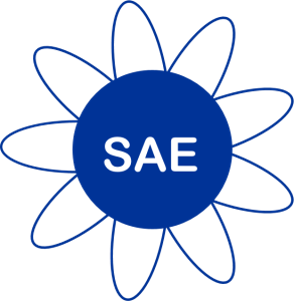LANARVi
 Digitized Anything
Digitized Anything
Funded by: KTE Round 3

The primary objective of the LANARVi project was to enhance the navigation system of autonomous agricultural robots operating in orchards. By incorporating LiDAR technology and using it along with existing sensor inputs, the project aimed to improve the accuracy and adaptability of the GNSS RTK-based map. The collaboration between ATB and AGC facilitated the development of advanced post-processing algorithms of point clouds for LiDAR-based mapping and the proposal of optimized paths using a generalized Voronoi diagram and A* algorithm. These objectives aimed to enhance the efficiency and sustainability of plant care operations in orchards, aligning with the 'farm to fork' strategy's goal of reducing chemical pesticide usage.
In-row navigation in orchards causes various challenges: unstructured environment,irregular rows and protruding plants, extending manual survey to additional GPS points within the rows is too time-intensive, Overcoming these challenges required the development of LiDAR-assisted mapping and navigation solutions that could adapt to diverse environmental conditions and optimize path planning.
The LANARVi project introduced an innovative solution by implementing LiDAR-assisted navigation in autonomous agricultural robots operating in orchards. By leveraging existing LiDAR sensors, the project surpassed the limitations of GPS-based solutions and improved navigation accuracy and adaptability. Advanced post-processing algorithms were developed to fuse LiDAR and localization data, generating georeferenced maps that enhanced the robot's navigation capabilities. The use of a generalized Voronoi diagram and A* algorithm optimized path planning, ensuring efficient and safe traversal of orchards. This technology and innovation empowered AGC's robot system with enhanced navigation, opening up new applications and operating locations.
The LANARVi project operated within the agricultural market, specifically targeting orchards. The project aligned with the SMART4ALL thematic area of advancing smart systems and services for sustainable agriculture. By improving the navigation of autonomous agricultural robots, the project contributed to the efficiency and sustainability of plant care operations, in line with the 'farm to fork' strategy's objectives. The demand for autonomous mechanical plant care solutions is increasing due to future pesticide restrictions and the challenges associated with labor-intensive conventional methods. AGC's LiDAR-assisted navigation system provided a high market potential, addressing the need for precise and sustainable orchard maintenance.



